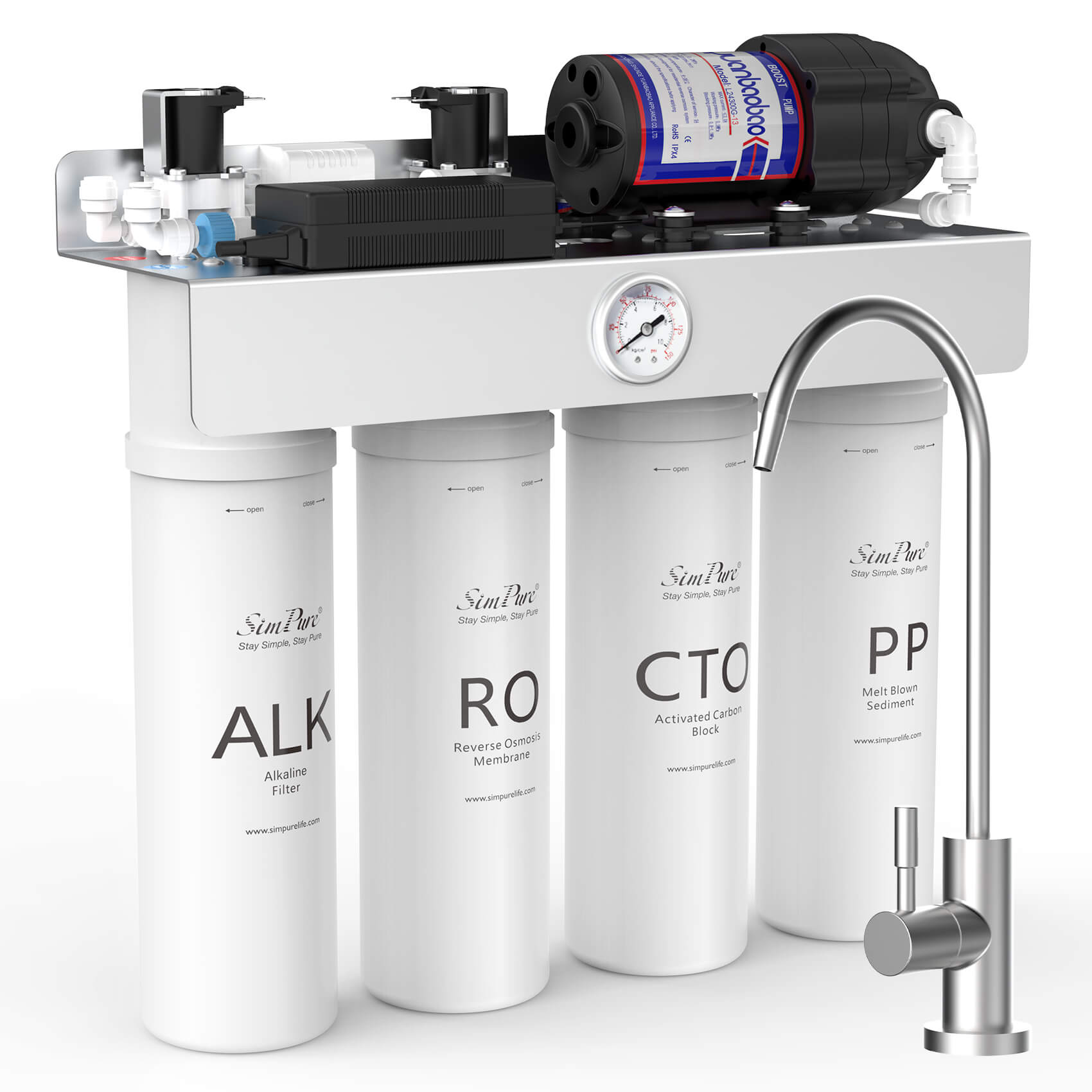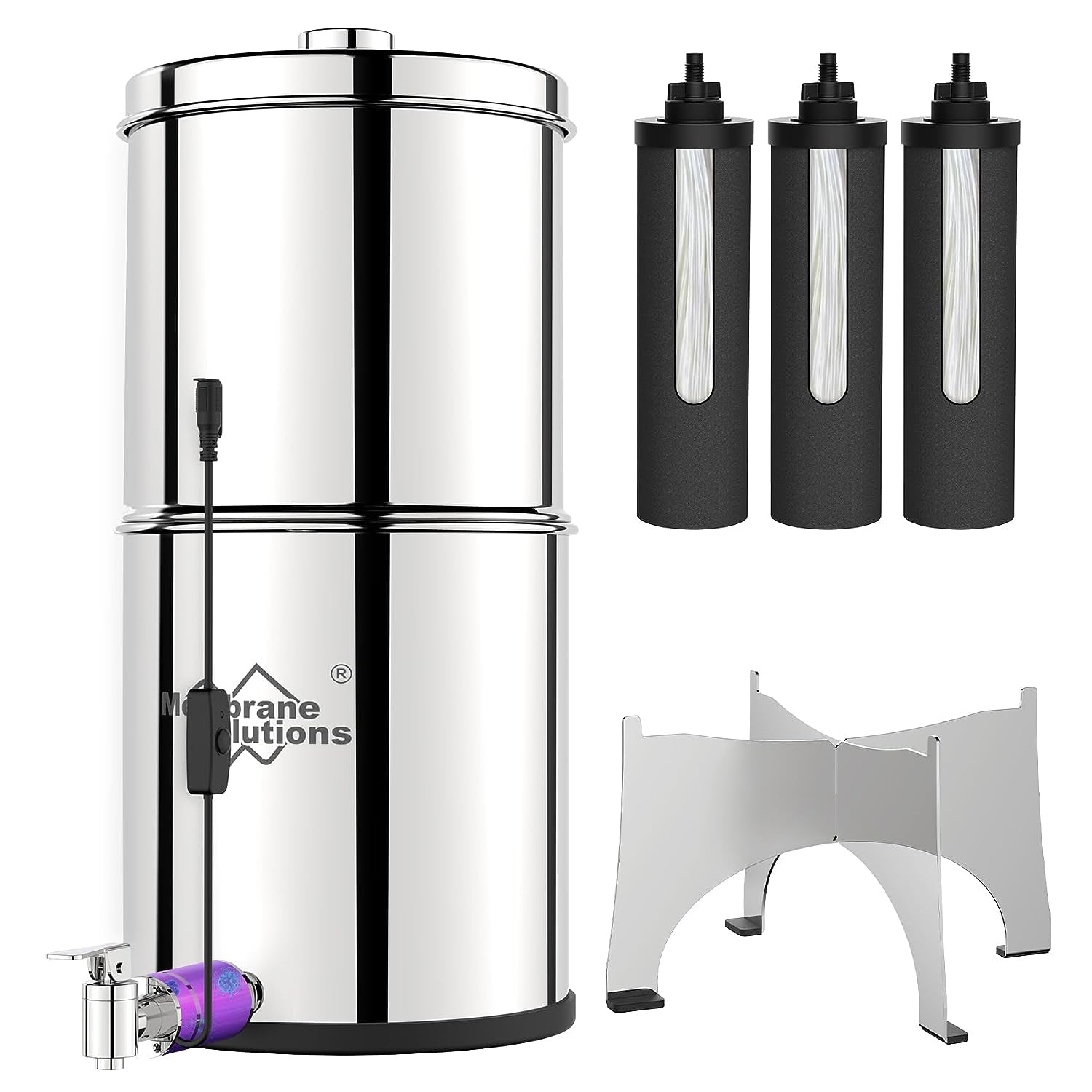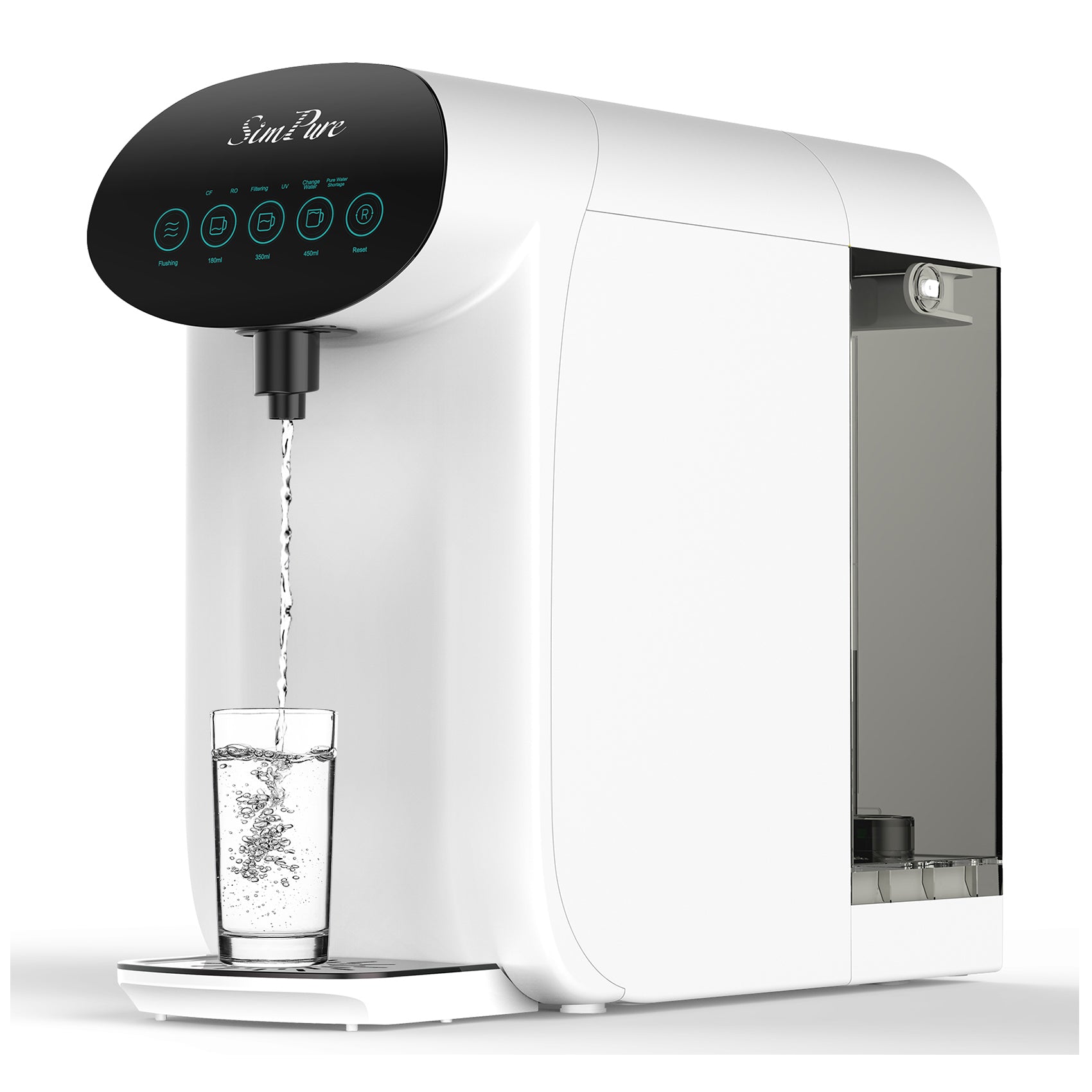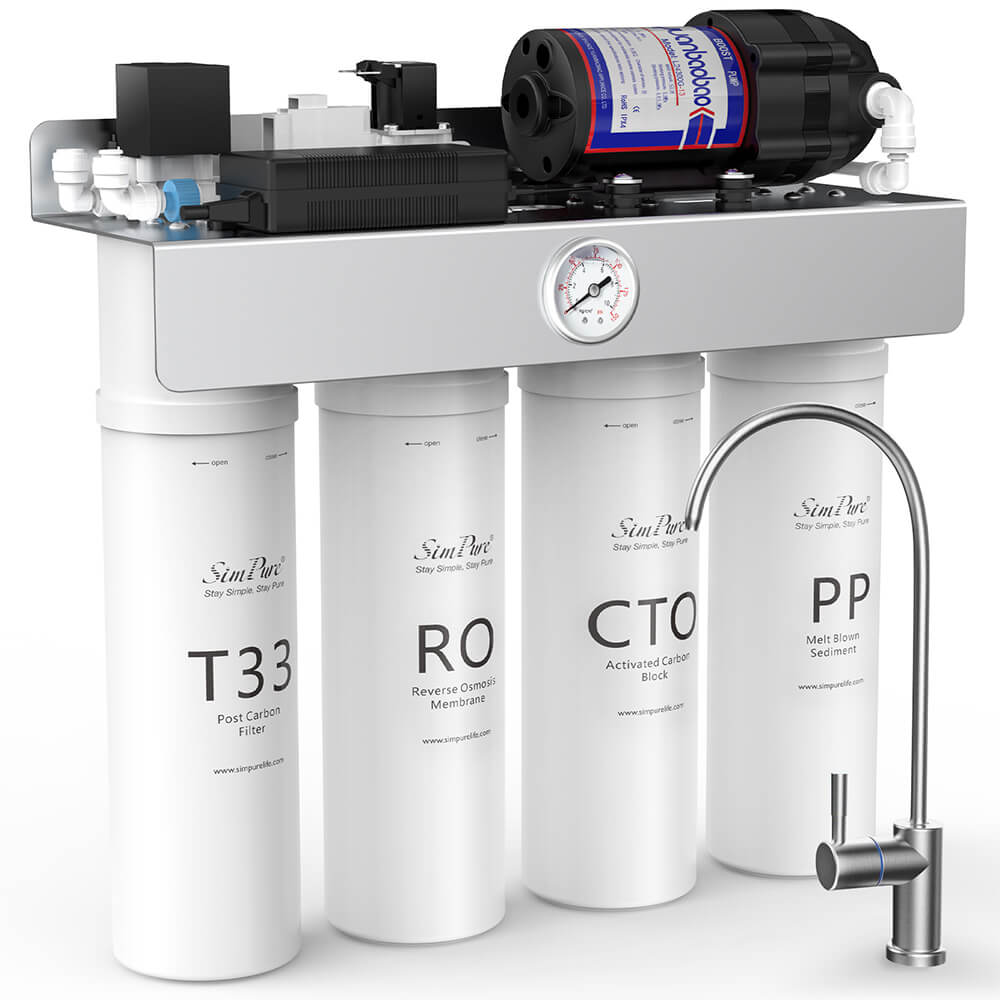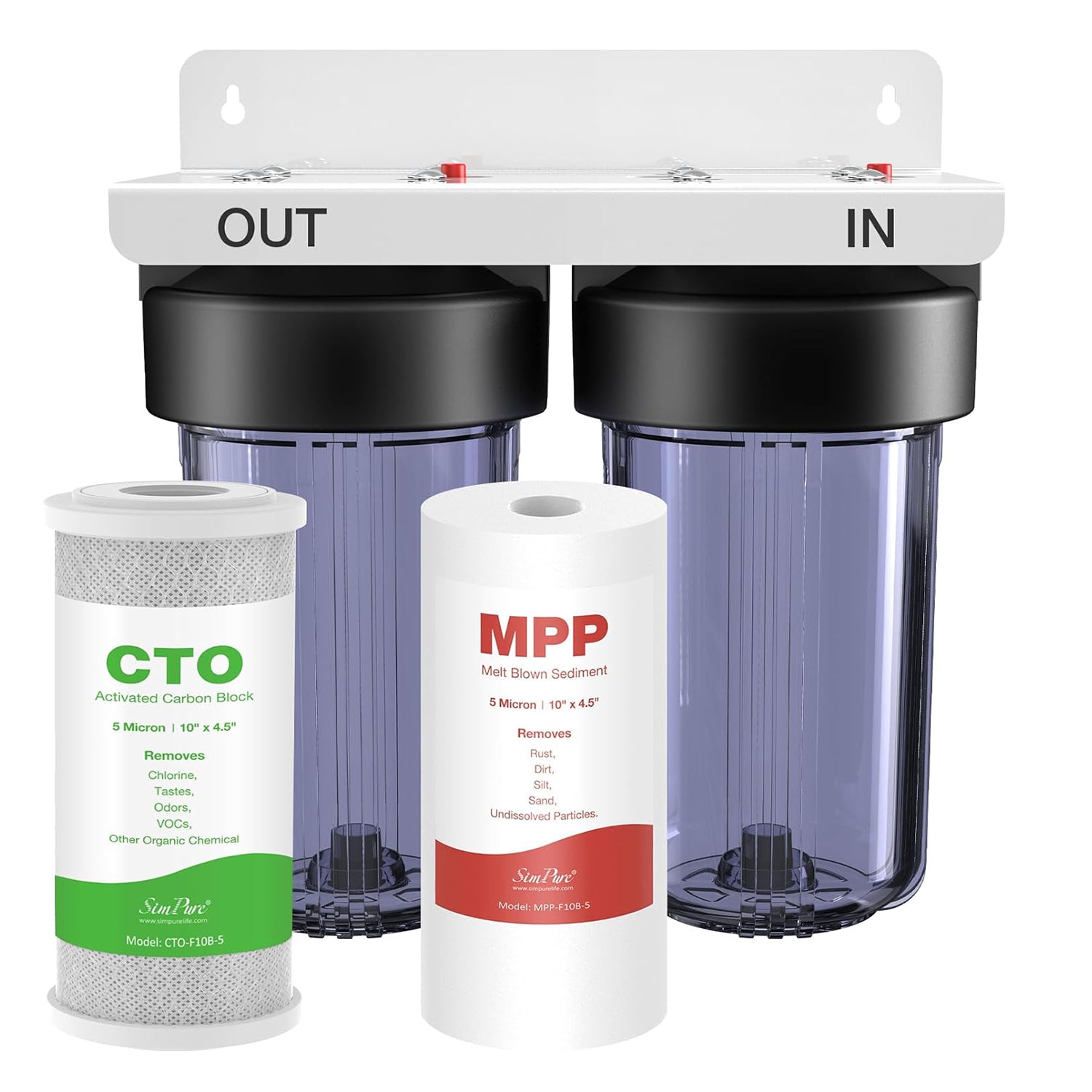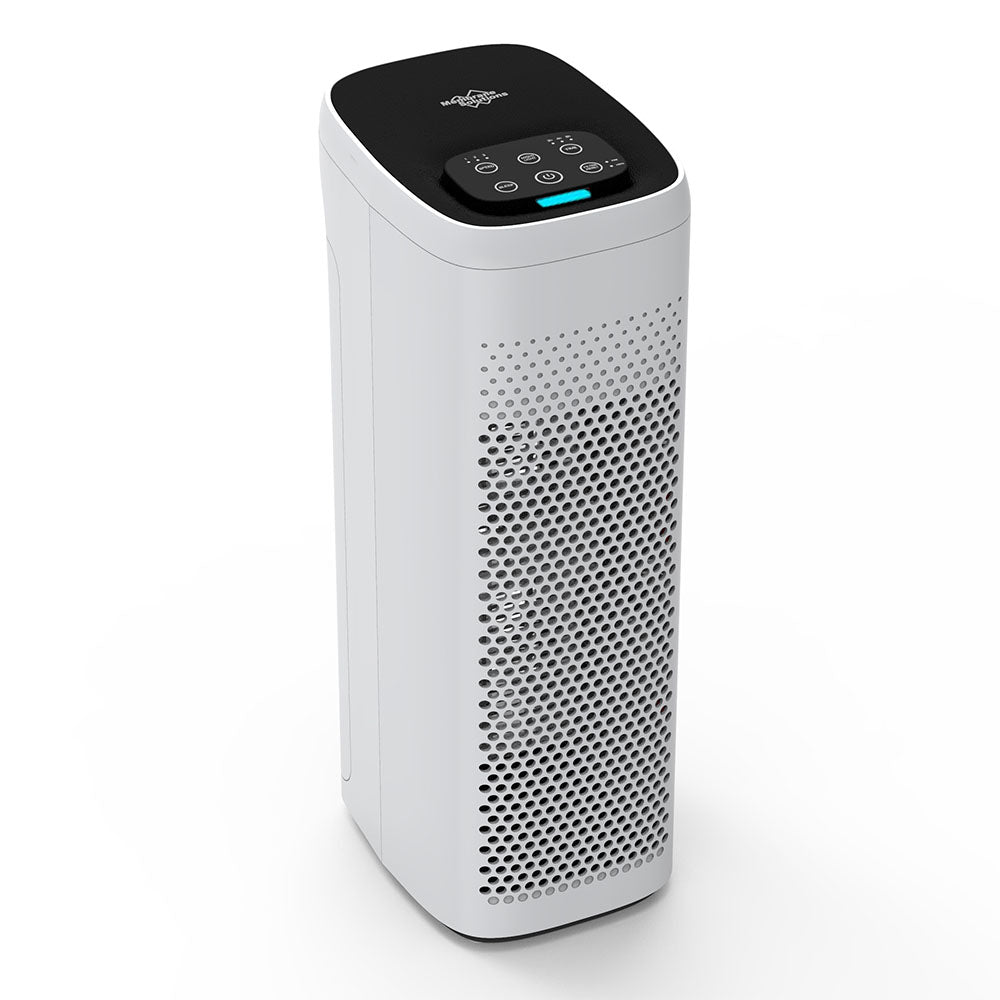Is my tap water safe? How do I know if my tap water is safe? What to do with the unsafe tap water? Tap water is a ubiquitous part of our daily lives, but many people have lingering concerns about its safety. The reality is, most of us have very limited knowledge about the quality of our drinking water. Water is an indispensable substance in nature and human life, so it is urgent to strengthen the popularization of drinking water education and advocate scientific and healthy drinking water. This article will mainly focus on the importance of clean water, how to know if your water is safe to drink, and the methods of how to deal with contaminated water to help you solve your problems.
The Importance of Safe and Clean Tap water

Before we talk about how to know if your water is safe to drink, we first learn the importance of the safe and clean tap water to our health. Safe tap water is essential for maintaining good health and quality of life. Drinking contaminated water can lead to a range of health problems. Here we will see the 5 side effects of the unsafe tap water on our bodies in the following content.
1. Unsafe Tap Water can result in gastrointestinal illness.
When the heavy metals in water enter the stomach and intestines, they will destroy the gastrointestinal mucosa, kill part of the beneficial bacteria (digestive enzymes), and lead to gastrointestinal diseases, such as: "gastritis, gastric ulcer, gastric perforation, colitis, and other chronic diseases." Therefore, water pollution is one of the important causes of gastrointestinal diseases.
2. Unclean Tap Water may bring on calculi disease.
The kidney is made up of several glomeruli, and the human body needs about 5 kilograms of water per day. Polluted water enters the kidney of the human body, and the excessive pollutants in the water produce carbonate, which increases the excretion burden of the kidney, and increases the incidence of calculi disease.
3. The contaminated tap water increases risk of liver disease.
One of the functions of the liver is to process and filter blood. Pollution of the water will reduce the quality of the blood,to form hepatitis, cirrhosis,and even liver disease. Contaminated water molecules travel through the bloodstream to the heart and into tens of thousands of blood vessels. Therefore, water pollution is one of the main causes of liver disease.
4. Polluted tap water will do harm to our blood vessels.
The length of human blood vessels added together can circle the earth two and a half times. The vascular lumen is very narrow. Heavy metals and oils in the blood combine to form thrombotic factors. Therefore, water pollution is also one of the causes of cardiovascular and cerebrovascular diseases.
5. Long-term drinking unsafe and dirty tap water may lead to cancer.
The biggest characteristic of cancer cells is anaerobic, which absorbs a large amount of oxygen in the process of decomposition, leading to the excessive organic matter in the water, and the hypoxia in the human environment allows cancer cells to survive and multiply. Therefore, water pollution is also one of the important reasons for the high incidence of cancer diseases.
So How to Know if Your Tap Water is Safe?

After learning the importance of safe tap water, here we will figure out how to check if your tap water is safe. Access to safe drinking water is essential for maintaining good health and well-being. However, tap water can sometimes be contaminated with harmful pollutants and contaminants. In this part, we will explore the different ways of how to know if your tap water is safe.
1. You can fill a glass of water with a clear glass and hold it up to the light to see for fine particles suspended in the water. After standing for several hours, observe whether there is sediment at the bottom of the cup. If sediment is found in it, it means that there are many suspended impurities in the water and the water quality is poor, so stop drinking.
2. Take a glass of water as far away from the faucet as possible and smell it with your nose for the smell of bleach (chlorine). If you can smell particularly strong bleach powder (chlorine) smell, indicating that the water quality exceeds the standard; If you smell rotten eggs, you need to stop drinking. The water is probably contaminated.
3. Boil the tea with tap water and observe it for a while or overnight. If you see the tea turning black, the iron and manganese content in the water may be high, so it is not recommended to drink it.
4. When drinking plain water, if you feel astringent, the hardness of the water may be high (but not necessarily exceed the standard).
5. Home water heater, kettle, hot water bottle inner wall such as easy scaling, indicating that the water's calcium,and magnesium salt content is high, and not suitable for long-term drinking.
6. Check to see if your hands feel sticky after washing them with soap and water. If your hands feel sticky after washing with soap and water, it's usually because of a buildup of substances such as calcium or magnesium, which is a sign of hard water. Need to stop drinking.
7. Does your water have a metallic taste? Odors in water are often caused by the naturally occurring decomposition of organic chemicals, humus, etc. present in the ground. So stop using it immediately if you smell a peculiar smell. Here you can also read our blog Why does my water taste like metal.
8. You can also do a DIY water test. If you're on the fence about tap water, you can test it yourself. The EPA has an available Safe Drinking Water Hotline that can connect you with your local water testing agency.
So How to Deal with Unsafe and Polluted Tap Water at Home?
After knowing the methods of "is the water in my area safe to drink", then how to deal with the unsafe tap water? Dealing with polluted water at home will depend on the type and level of contamination. Here are some general steps you can take to address polluted water:
1. Identify the source of contamination
Identifying the source of contamination in your tap water is a crucial step in determining the appropriate action to take to address the problem. The source of contamination can be anything from a broken pipe, a nearby construction site, agricultural runoff, or industrial waste. By identifying the source of contamination and taking appropriate action, you can help ensure that your tap water is safe and healthy to drink.
2. Stop using the unsafe tap water
If there is a suspicion that tap water is contaminated, it's important to stop using it immediately for all purposes, including drinking, cooking, and bathing. Continued use of contaminated water can increase exposure to harmful contaminants, leading to serious health risks. It's important to wait until the water has been tested and deemed safe before resuming use.
3. Test your tap water quality
Testing tap water for contaminants is a crucial step in determining its safety. Home water testing kits are easy to use and can provide basic information on the quality of water. However, for a more comprehensive assessment, it's recommended to send a water sample to a certified laboratory. The results of the test can help identify the type and level of contaminants present, allowing for appropriate action to be taken.
4. Address the contamination
Addressing the contamination in your tap water is also important for ensuring that it is safe to drink. Depending on the type of contamination, solutions can range from installing a water treatment system, repairing or replacing damaged pipes, to implementing source water protection measures. It's important to take appropriate action to address the contamination and ensure that you have access to clean and healthy water.
5. Installing a home water filtration system
Installing a home water filtration system is an effective way to ensure that your tap water is safe to drink. Install the pre-inlet water purifier, also known as the pre-filter, which is installed at the inlet main water valve. The initial filtration in the total water is the first step to ensure clean water quality. It can not only effectively filter carcinogenic substances such as heavy metals, block rust, sand, colloids and other large particle impurities, but also help to protect the end of the water purifier filter element service life. There are various types of home water filtration systems available, each designed to target specific types of contaminants, providing a customized solution to meet your needs. Take an example, our product SimPure DC5P pre sediment filter is recommended to remove sediment, sand particles, rust, calcium and other impurities. Furthermore, as a reusable whole house sediment water filter for well water, it also prevents particles from entering pipes and plumbing fixtures, so you don't need to spend a lot of money on repairs and parts replacement. Just click the picture below to buy one!
In short, drinking unsafe tap water for a long time will increase the burden on human liver and kidney, easy to cause liver, kidney, heart, and nervous system diseases. After we know how to know if your tap water is safe, we also need to learn how to deal with the polluted water. In addition to the methods mentioned above, the most scientific solution to the pollution of tap water is to install a water filter system. With a whole water filter system, you can be confident about the safety and quality of the water you and your family consume.






